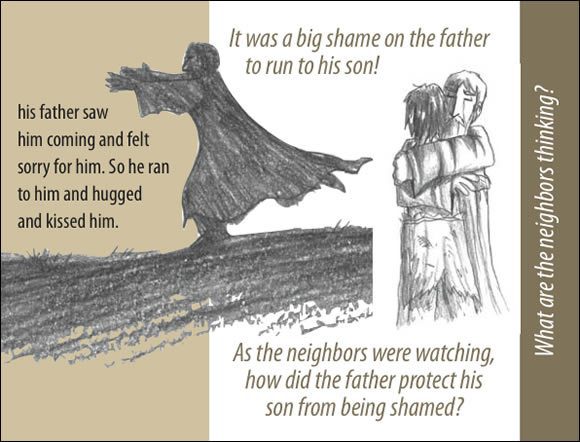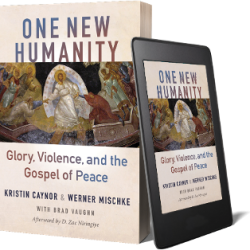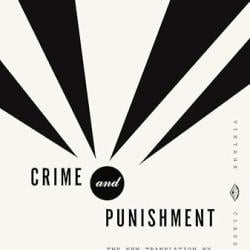I previously wrote a post announcing that Werner Mischke, Executive Vice President and Director of Training Ministries at Mission ONE, has designed a new evangelistic booklet that uses an honor and shame perspective. It’s called The Father’s Love Booklet. Today, I review it.
Overall, I like it. I should first give full disclosure. I’m not a fan of things like tracts but acknowledge that they can be useful tools, if they are used wisely and do not replace a more thorough explanation of the gospel. As a starting point, however, they can be helpful. I have long been developing a few potential booklets of my own. To be sure, this is not a “tract” in the typical sense. It’s longer and more expensive than an average tract.
The booklet uses Luke 15:11–32, the story of the Prodigal Son, to introduce people to God’s own love for people. The aim of the booklet is to use the language of honor and shame to communicate the message of salvation. On the booklet’s website, Werner gives 10 reasons why he developed the booklet, including the fact that honor-shame is a common feature in the majority world and there is resistance to a “Western” gospel. On his own website, you can see how he distinguished a guilt and shame orientation.
Here are a few other quick miscellaneous comments. The booklet has 20 pages and uses the Easy-to-Read Version of the Bible (ERV). There are plans to create a digital version and translate it into other languages, beginning with Arabic and Spanish.
What do I like about it?
The booklet largely takes a narrative approach rather than simply listing a few principles or doctrines to be believed. Along the way, it poses various questions to spur reflection and conversation between believers and non-believers. the questions also help readers anticipate what comes next. The booklet is easy to read. The illustrations are simple and the characters don’t appear to look very Caucasian, like so many other evangelistic resources.
The reader is forced to think about the Father’s honor, not simply the gross behavior of the sons. The booklet helpfully connects God’s love with honor and shame. God expresses his love by enduring the shame brought about by his sons; furthermore, he even seeks to share his own honor with us. In its explanatory section, the booklet primarily uses the book of John (not just Romans). This is refreshing. A few other good points are mentioned but not developed. On p. 17, it says, “He suffers to cover our shame and give us His honor,” therefore, “Jesus defeated sin, shame, death” (p. 18). The last page quotes Phil 2:9–11, reminding us that everyone will ultimately bow down in honor of Jesus, to the glory of God.
Finally, I like the perspective on faith expressed in the wording: “And when we believe in Jesus, following Him day by day, we can truly live in victory over sin and shame!” Faith is depicted here as active, necessarily expressing itself in action (not perfection). Just think of the book of James. I would add that faith should convey the sense of loyalty, which then is expressed in obedience. Loyalty and obedience are not equivalent but they are necessarily connected. The “loyalty” theme is especially important to honor-shame contexts.
For those familiar with related debates, the booklet presents a “soterian” gospel. In other words, it frames the gospel in terms of salvation, how a person gets saved. There is nothing in the booklet that talks about Jesus as king or the fulfillment of Israel’s history. Instead, it aims at a particular entry point for conversation.
What aspects of the booklet might some people regard as weaknesses or possible areas for improvement?
I personally would have preferred a clearer explanation of the meaning of “sin.” There are times when the booklet talks about “sin and shame” but readers may not know how those relate. To be fair, one could infer from the narrative that “sin” refers to the shame brought to the father by the sons. Shame of course can refer to different things in this situation. I’ve written on this before. I suggest, at a basic level, sin could be understood as shaming or dishonoring God. I know the booklet presumes this; yet, it would be nice to see it laid out more explicitly. Sin is shameful behavior that also brings shame on the sinner. The booklet “slips” into traditional language at one point, asking how it can be that God would “suffer to cover our sin and shame and give us His righteousness and honor?” The term “righteousness” is suddenly added without explanation.
Although the booklet includes a chart that nicely contrasts the younger and older sons, I don’t prefer the category labels: “rebellious sinner” versus the “religious sinner.” There’s nothing inherently wrong with them. I would simply like it to see another word than “religious” to describe the older son. I acknowledge that the older brother represents the “religious” leaders that opposed Jesus. However, one may not want to press the distinction between “religious” and “social” when talking about a context like ancient Palestine. The Pharisees were staunch cultural conformists. Maybe the older brother could represent ethnocentrism or someone like a “nationalists.” I admit this is an anachronistic term. From a cross-cultural standpoint, “religious” need not have a negative connotation. How people view the word “religion” will vary across Muslim or East Asian contexts. With some thought, I’m sure something more in keeping with the honor-shame theme could be used.
Finally, the presentation includes “sinner’s prayer.” In short, if you don’t like the use of such prayers, then you won’t like it here. If you are alright with using a “sinner’s prayer,” then you should be fine with this one. I’m not a fan. I think, in Scripture, baptism is supposed to function more in the way people today treat such prayers. However, that’s for another discussion. The inclusion of a “sinner’s prayer” certainly does not negate the booklet’s value.
In summary, I like the booklet. What I consider slight weaknesses certainly reflects my own preference. I imagine many or most people will disagree with me on points. Positively, it goes further than perhaps any other honor-shame booklet/tract I’ve read. It is consistent with how honor-shame works. The presentation is no mere ploy where it exchanges a few honor-shame words and then presumes to actually being contextual. I would use it as a conversation starter. Like all such tools, people need to hear from a live person who can help make sure they truly understand the gospel, its implications and cost.














